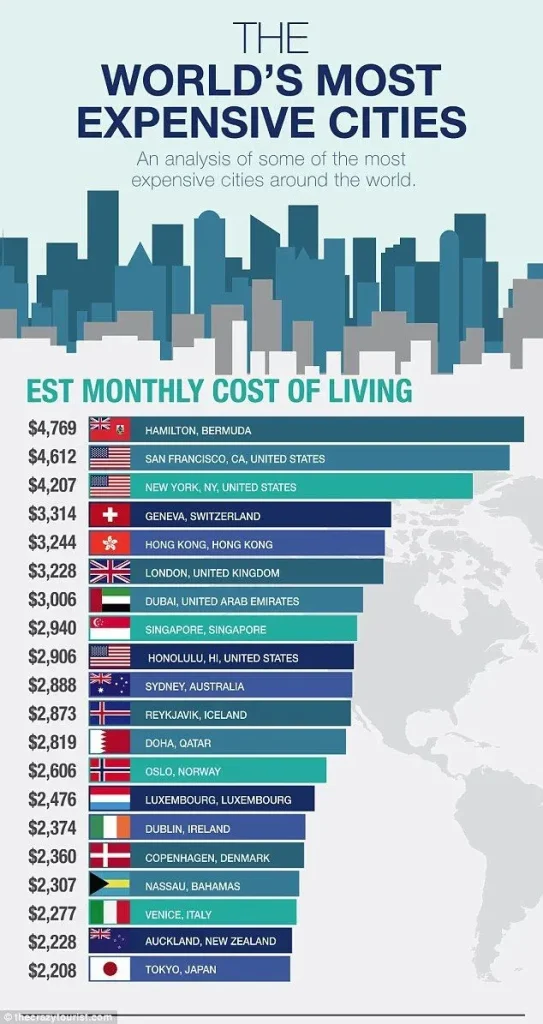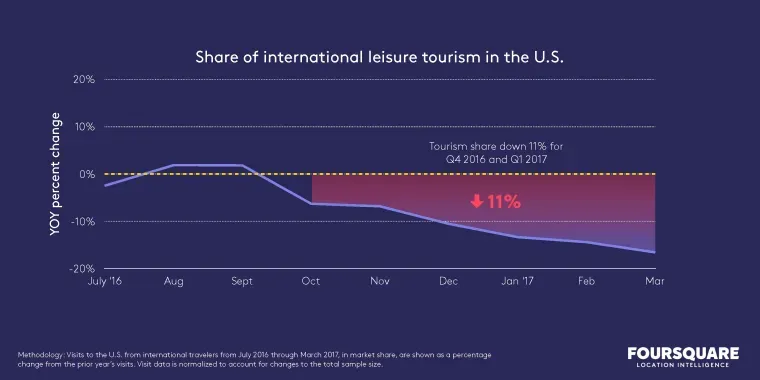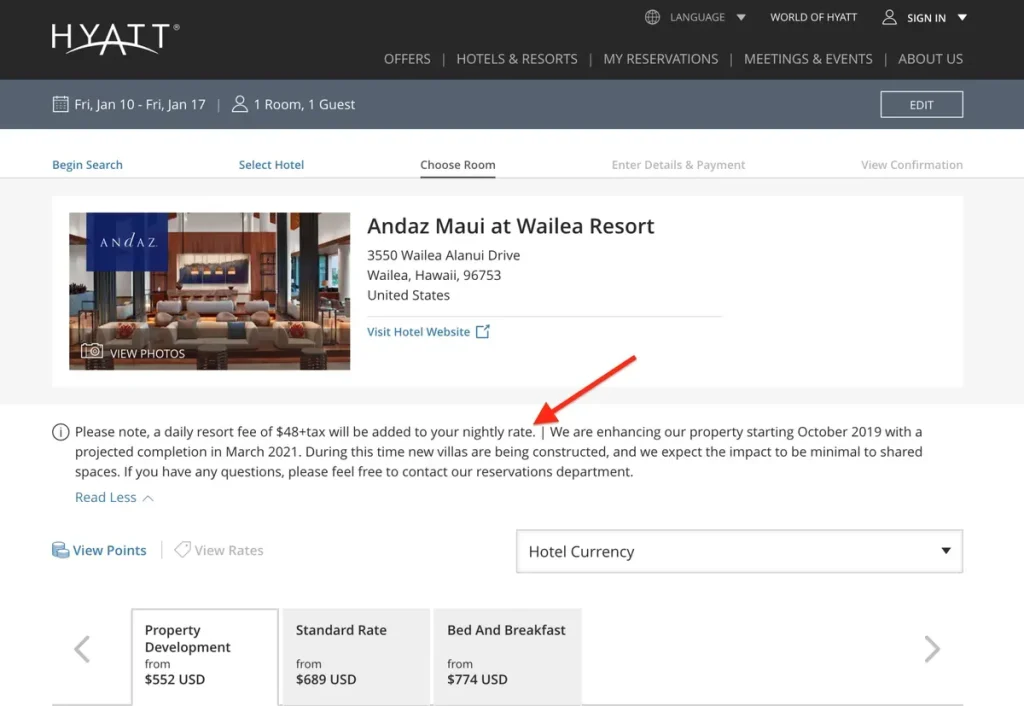Singapore has solidified its reputation as the most expensive city in the world for high-net-worth individuals (HNWIs) for the third consecutive year, according to the recent 2025 Global Wealth and Lifestyle Report by Swiss bank Julius Baer. This prestigious report, grounded in the Julius Baer Lifestyle Index, meticulously analyzes the Singapore cost of living and unveils the exorbitant pricing of essential goods and services frequently utilized by affluent consumers. In a landscape influenced by luxury market trends, it highlights that the city-state remains a beacon for the wealthy despite current global economic uncertainties. With key factors such as upscale properties and luxury cars contributing to the city’s soaring expenses, it continues to attract discerning HNWIs seeking a premium lifestyle. Hence, Singapore’s distinction as the top among expensive cities worldwide is not merely about high prices but a testament to its unmatched livability and allure for those with discerning tastes.
As the latest addition of the Julius Baer Lifestyle Index indicates, Singapore stands out as the priciest destination for affluent residents globally. This distinction speaks volumes about the incredible luxury expenses observed in the city, which include significant investments in housing, education, and lifestyle amenities. The ongoing evaluation of cities tailored for high-net-worth individuals showcases an intricate relationship between living standards and exorbitant costs. The allure of this cosmopolitan hub for wealthy expatriates and investors is further enhanced by its favorable economic environment and rich cultural tapestry. Overall, the landscape for high-net-worth individuals in expensive cities remains dynamic, with trends reflecting a delicate balance between indulgent living and economic shifts.
Understanding the Cost of Living in Singapore for HNWIs
Singapore has consistently emerged as the most expensive city in the world for high-net-worth individuals (HNWIs), a position it has held for three years running according to the 2025 Global Wealth and Lifestyle Report by Julius Baer. This specific ranking highlights the escalating cost of luxury goods and services that affluent consumers are accustomed to. Items ranging from private schooling to exclusive cars are key indicators of the high living expenses facing HNWIs in this city-state. It illustrates that maintaining a high-net-worth lifestyle in Singapore comes at a premium, deeply influencing the luxury market dynamics.
The Julius Baer Lifestyle Index sheds light on the factors contributing to Singapore’s high cost of living, examining the expenses related to a basket of goods and services. Despite an overall decline in the high-net-worth lifestyle costs globally, Singapore’s unique positioning saw it retain expensive preferences and expectations among wealthy families. The luxury market trends in Singapore reflect a resilient consumer base willing to invest in premium offerings, signifying a robust economic environment despite global uncertainties.
Luxury Market Trends in Global Context
The luxury market continues to evolve with noticeable shifts in spending patterns among high-net-worth individuals globally. In the latest report, a decline in overall costs associated with high-net-worth lifestyles was observed, primarily driven by a notable reduction in technology prices. This trend signals a substantial change in consumer preferences, prioritizing essential luxury goods over technological investments. The global luxury market is complex, characterized by fluctuations that reveal the intricate balance between high demand and changing economic landscapes.
In comparison, luxury markets in regions like Europe and Asia are adapting to new economic realities, with luxury mega-brands starting to explore different strategies to engage affluent clients. Reported increases in areas like business class travel and high-end timepieces suggest that while technology costs may be falling, certain luxury sectors remain robust. The varied luxury market trends also indicate that while the global economic outlook is uncertain, the demand for premium products continues to thrive, particularly among HNWIs who are willing to pay for exclusivity and superior experiences.
The Role of High-Net-Worth Individuals in Economic Growth
High-net-worth individuals play a pivotal role in driving economic growth, particularly in rapidly expanding markets like Asia-Pacific. In fact, the region is projected to witness a 5% yearly increase in the high-net-worth population, reflecting significant wealth accumulation. This surge in affluence corresponds with a rising demand for luxury products and services that cater to discerning tastes. Economic analysts attribute this trend to the region’s strong fundamentals, such as robust GDP growth and stable governance, both of which bolster confidence among affluent consumers to spend lavishly.
Moreover, the investment strategies of HNWIs are evolving as they seek to diversify their portfolios amidst global uncertainty. Engaging in real estate, art, and technology sectors are becoming increasingly common, showcasing a proactive approach to wealth management. As highlighted in the Julius Baer report, the global economic climate may influence spending habits temporarily, but the overall trajectory remains optimistic for HNWIs, who continue to exhibit a remarkable resilience and strategic foresight in their economic engagements.
Impact of Global Economic Uncertainty on Luxury Spending
In the world of high-net-worth individuals, global economic uncertainties profoundly impact luxury spending behaviors. The recent decline in high-net-worth lifestyle costs—though a positive sign—can be misleading. It underscores the cautious approach HNWIs are adopting when it comes to their lavish spending. With factors such as geopolitical tensions and potential tariff changes looming, affluent consumers are recalibrating their priorities, potentially opting for investments that promise longevity rather than immediate luxury.
Despite these challenges, areas like wellness tourism are gaining traction, indicating a shift toward experiential luxury that enriches quality of life. HNWIs are increasingly looking for services that promote their well-being, such as therapeutic retreats and holistic health offerings. As preferences pivot toward health and safety amidst economic concerns, the luxury market finds itself adapting to these changing demographics, ensuring that offerings resonate with the evolving desires of high-wealth consumers globally.
Singapore: A Hub for High-Net-Worth Individuals
Singapore’s status as the most expensive city in the world is contrasted by its appeal as a prime destination for high-net-worth individuals. The city-state not only boasts a rich cultural tapestry but also a stable political environment, making it an attractive place for relocation. The well-established healthcare and education systems contribute to its allure, drawing affluent families seeking a high-quality lifestyle. This duality—being both a costly and desirable location—positions Singapore uniquely within the global luxury market.
Furthermore, rising aspirations among high-net-worth individuals to invest in long-term lifestyle enhancements also underscore Singapore’s reputation. The emergence of wellness tourism, with investments in therapeutic spaces and wellness gardens, aligns with global trends where health and longevity are becoming paramount. With ongoing efforts to cater to the affluent’s quest for the best, Singapore remains at the forefront of providing tailored experiences that enhance the livelihoods of HNWIs.
Analysis of Cost Trends in Major Cities
The analysis of cost trends in expensive cities worldwide reveals a dynamic landscape where even slight fluctuations can have significant implications for affluent lifestyles. For instance, Singapore and Hong Kong’s pricing trajectories are closely monitored by wealth experts due to their sustained positions at the top. The monthly costs associated with living in these cities for high-net-worth individuals can be substantial, reflecting local real estate prices, luxury goods, and services. Understanding these trends becomes crucial for those managing wealth in today’s fluctuating market.
By examining luxury market trends across various expensive cities, it’s evident that market forces are unevenly affecting different regions. For example, while markets in Europe continue to grapple with economic challenges, Asia-Pacific’s burgeoning fine dining and travel sectors report increased prices, reflecting the region’s rapid wealth growth. Consequently, the strategies that high-net-worth individuals employ to navigate these costs must adapt, ensuring they maintain quality without sacrificing investment potential in their lifestyle offerings.
Future Projections for HNWIs and Luxury Spending
Looking ahead, projections for high-net-worth individuals (HNWIs) suggest an upward trajectory in luxury spending despite current market fluctuations. The forecast indicates that the number of affluent consumers will grow substantially, further driving demand for exclusive services and high-end goods. As emerging economies in Southeast Asia and other regions display promising growth, luxury brands must strategize to capture these developing markets effectively. The continuous influx of wealth among HNWIs will undoubtedly reshape spending patterns in both established and emerging luxury markets.
However, luxury brands must also be mindful of shifting consumer behavior due to economic pressures. As reported by Julius Baer, while spending among HNWIs has risen globally, the pace has slowed. Brands need to pivot towards offering not just luxury but also personalized experiences that resonate with consumers’ growing desire for meaningful engagement. By aligning luxury offerings with the values and interests of high-net-worth individuals, brands can ensure sustained growth in their market positioning, even within an increasingly competitive arena.
Tech Trends Influencing Luxury Lifestyle Costs
The luxury market’s intricacies are increasingly influenced by tech trends, altering the landscape of costs associated with high-net-worth lifestyles. In recent years, a notable decline in technology prices has led to an overall drop in lifestyle costs for affluent consumers, allowing them to allocate budgets toward more exclusive investments. This shift suggests that tech advancements are becoming more accessible, prompting high-net-worth individuals to cultivate innovative luxury experiences that intertwine technology with lifestyle upgrades.
As luxury brands integrate technology into their offerings, consumers are beginning to expect heightened levels of personalization and engagement. From smart homes featuring advanced automation to luxury vehicles equipped with cutting-edge technology, the intersection of tech and luxury is driving a new narrative. However, as luxury prices remain resilient in other areas—such as watches and airt travel—it becomes evident that the industry must balance cost reductions in technology with the pursuit of enhanced luxury experiences that attract and retain high-net-worth clients.
Longevity and Lifestyle Investments for HNWIs
The pursuit of longevity is increasingly becoming intertwined with the lifestyle investments of high-net-worth individuals. As articulated by HNWIs themselves, a significant portion is actively engaged in practices that enhance their quality of life and longevity, ranging from fitness regimens to cutting-edge therapies. This trend mirrors a broader societal shift towards health and wellness, thereby shaping the luxury market as brands cater to the needs of health-conscious consumers seeking high-end solutions to life’s challenges.
As demonstrated in recent studies, investments in longevity options are more than just personal; they reflect a lifestyle philosophy that prioritizes health, well-being, and living life to the fullest. Whether it’s through investment in health tech or enrollment in exclusive wellness programs, high-net-worth consumers are eager to adopt beneficial lifestyles that promise long-lasting results. Consequently, luxury brands that can effectively navigate these changing preferences will tap into a growing segment of the market dedicated to achieving holistic well-being.
Frequently Asked Questions
What makes Singapore the most expensive city for high-net-worth individuals in 2025?
Singapore has retained its title as the most expensive city for high-net-worth individuals (HNWIs) due to a combination of high living costs associated with luxury market trends. According to the 2025 Global Wealth and Lifestyle Report by Julius Baer, the cost of living in Singapore includes high prices for a basket of luxury goods and services popular among affluent consumers.
How does the Julius Baer Lifestyle Index impact perceptions of the Singapore cost of living?
The Julius Baer Lifestyle Index significantly influences perceptions of the Singapore cost of living by evaluating the prices of 20 essential goods and services for high-net-worth individuals. This index highlights the luxuries and expenditures that define a high-net-worth lifestyle, affirming Singapore’s status as the most expensive city globally.
What trends are influencing the luxury market in Singapore?
Trends influencing the luxury market in Singapore include rising prices for luxury properties, cars, and high-end experiences, as indicated by the recent report from Julius Baer. While the overall cost of a high-net-worth lifestyle has seen a slight decline, specific sectors, such as business class travel and luxury watches, continue to experience price increases.
How does Singapore’s cost of living compare to other expensive cities worldwide?
Singapore’s cost of living stands out among expensive cities worldwide as it consistently ranks as the most costly for high-net-worth individuals. The 2025 report by Julius Baer places Singapore ahead of cities like London and Hong Kong, which follow closely behind in terms of living expenses and luxury market presence.
What factors contribute to Singapore’s ranking as the most expensive city for high-net-worth individuals?
Factors contributing to Singapore’s ranking as the most expensive city for high-net-worth individuals include its stable economic environment, high real estate prices, and elevated costs for luxury goods and services. As noted in the Julius Baer report, ongoing geopolitical tensions and a robust local economy play significant roles in this classification.
What lifestyle choices are common among high-net-worth individuals in Singapore?
High-net-worth individuals in Singapore often prioritize wellness and longevity, as reflected in the 2025 Julius Baer report. Many engage in lifestyle choices that promote health, such as nutritious diets, exercise, and wellness tourism, alongside a keen interest in luxury experiences that align with their socioeconomic status.
How has the luxury market performed in Singapore despite global economic instability?
Despite global economic instability, the luxury market in Singapore has shown resilience, with HNWIs actively increasing spending, albeit at a slower rate. The Julius Baer report highlights that while some luxury prices have declined, areas like real estate and luxury travel continue to thrive, maintaining Singapore’s position as a top-tier destination for affluent consumers.
What are the implications of the recent cost trends for high-net-worth individuals living in Singapore?
The implications of recent cost trends for high-net-worth individuals living in Singapore indicate a potential shift in luxury spending behavior. With a reported 2% decline in high-net-worth living costs, HNWIs may adjust their expenditure strategies while continuing to seek premium lifestyles that reflect their financial status in one of the world’s most expensive cities.
| Key Point | Details |
|---|---|
| Most Expensive City Ranking | Singapore ranked as the most expensive city for high-net-worth individuals for the third consecutive year. |
| Study Reference | The ranking is based on the 2025 Global Wealth and Lifestyle Report by Julius Baer. |
| Cost of High-Net-Worth Lifestyle | A 2% decline in U.S. dollar costs of luxury lifestyles was observed this year. |
| Drivers of Cost Changes | Technology prices declined while business class flights and luxury watches increased. |
| Top Cities for HNWIs | 1. Singapore, 2. London, 3. Hong Kong, 4. Monaco, 5. Zurich, 6. Shanghai, 7. Dubai, 8. New York, 9. Paris, 10. Milan. |
| Economic Context | The report highlights global economic uncertainty and a shift in HNW spending trends. |
| Regional Insights | The Asia-Pacific region continues to show significant growth among HNWIs. |
| Focus on Longevity | HNWIs are increasingly investing in health and longevity strategies. |
Summary
Singapore is recognized as the most expensive city in the world, particularly for high-net-worth individuals (HNWIs), continuing to hold this title for the third year in a row. The distinction reflects the city’s unique blend of luxury living, economic stability, and lifestyle offerings. Despite a slight decrease in luxury costs, the robust demand among affluent consumers indicates an unwavering interest in high-quality goods and services. Furthermore, Singapore’s focus on wellness and livability continues to attract HNWIs seeking both an exceptional lifestyle and a secure environment. As global economic conditions evolve, Singapore’s position remains noteworthy in the landscape of luxury markets.



